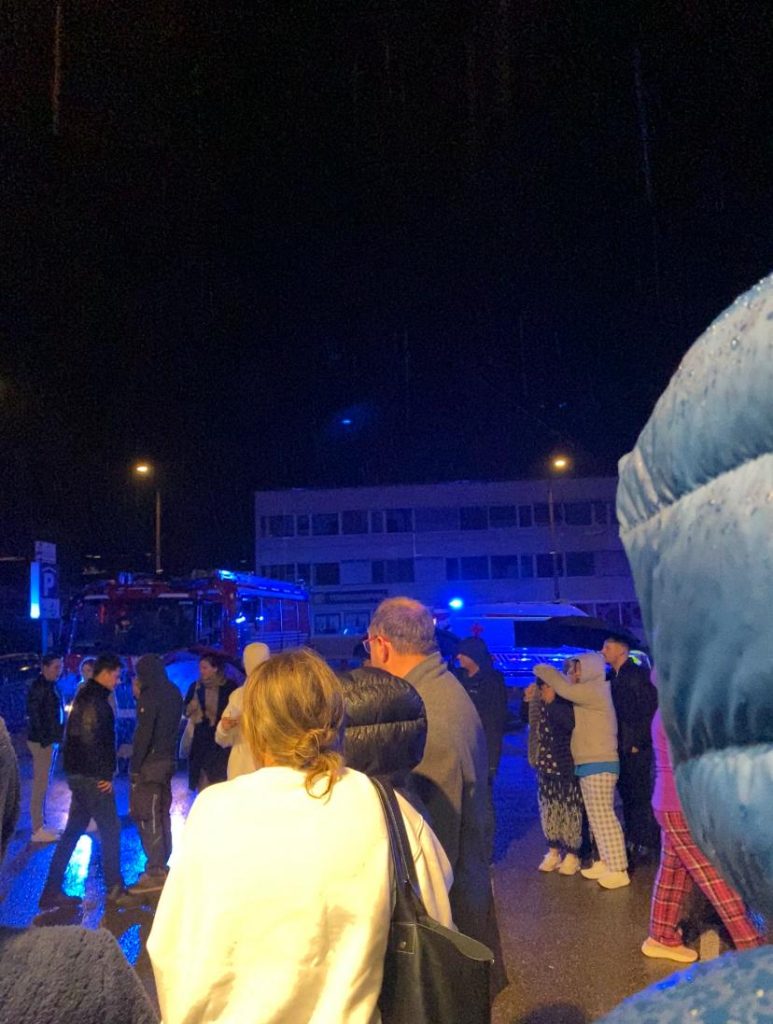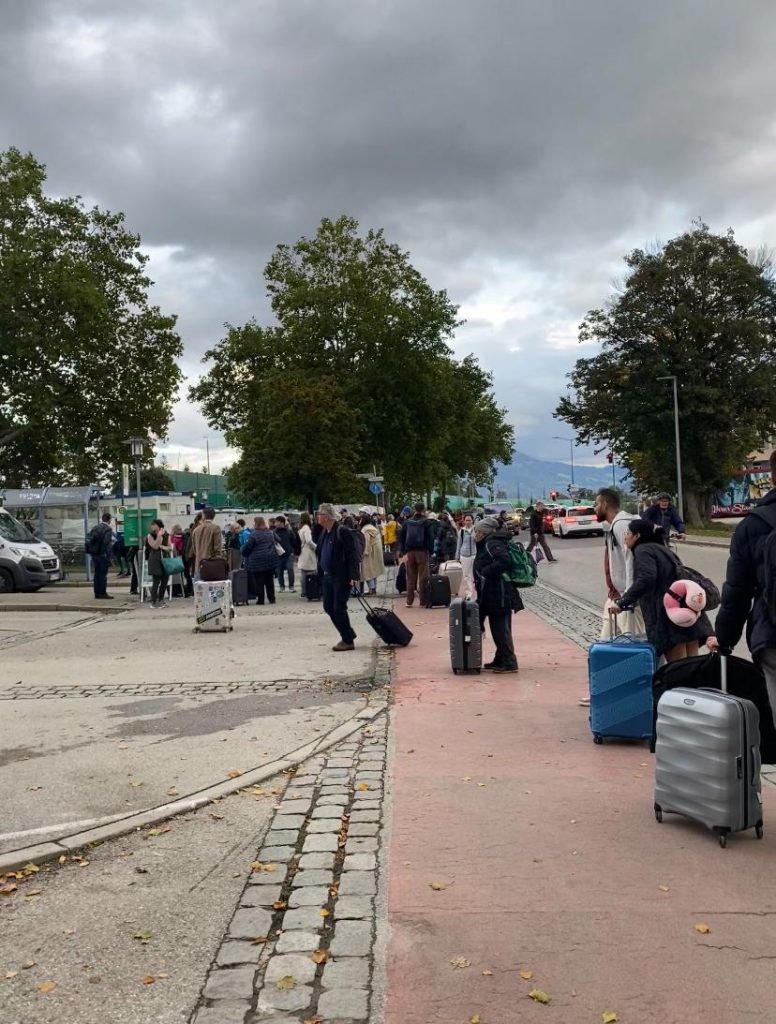School Experience in Hamburg
As promised, I’m sharing my experience at Gyula Trebitsch Schule Tonndorf in Hamburg, where I’ve been volunteering for the past month. This is a public school, but an interesting aspect of the German education system is that students choose their academic or vocational streams early on. The vocational path prepares students for the workforce, while the academic track is aimed at post-secondary education. Gyula Trebitsch Schule Tonndorf is the second-largest public school in Hamburg and has a campus-style layout that reminds me of the University of Calgary, with students moving between different buildings. The school serves students from Grades 6 to 13, and I’ve had the opportunity to observe and teach across Grade 7 through to 13. I’ve mostly been involved in English classes, which have been really enjoyable. My role includes a mix of observation, small group work, leading warm-ups, and teaching.
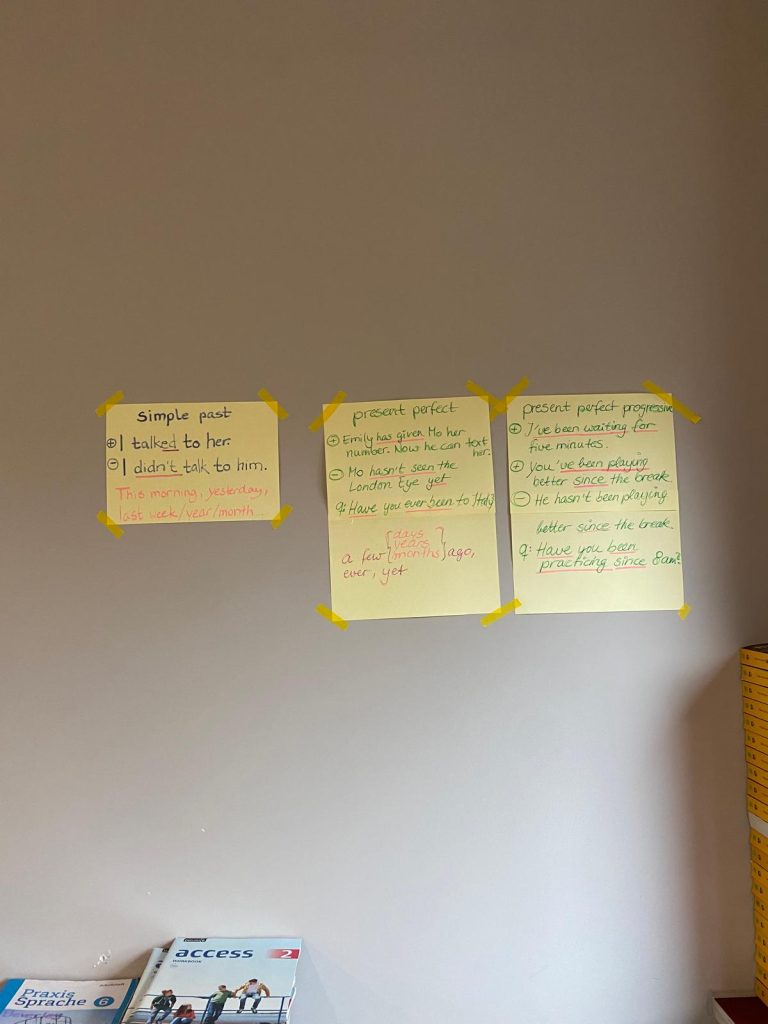
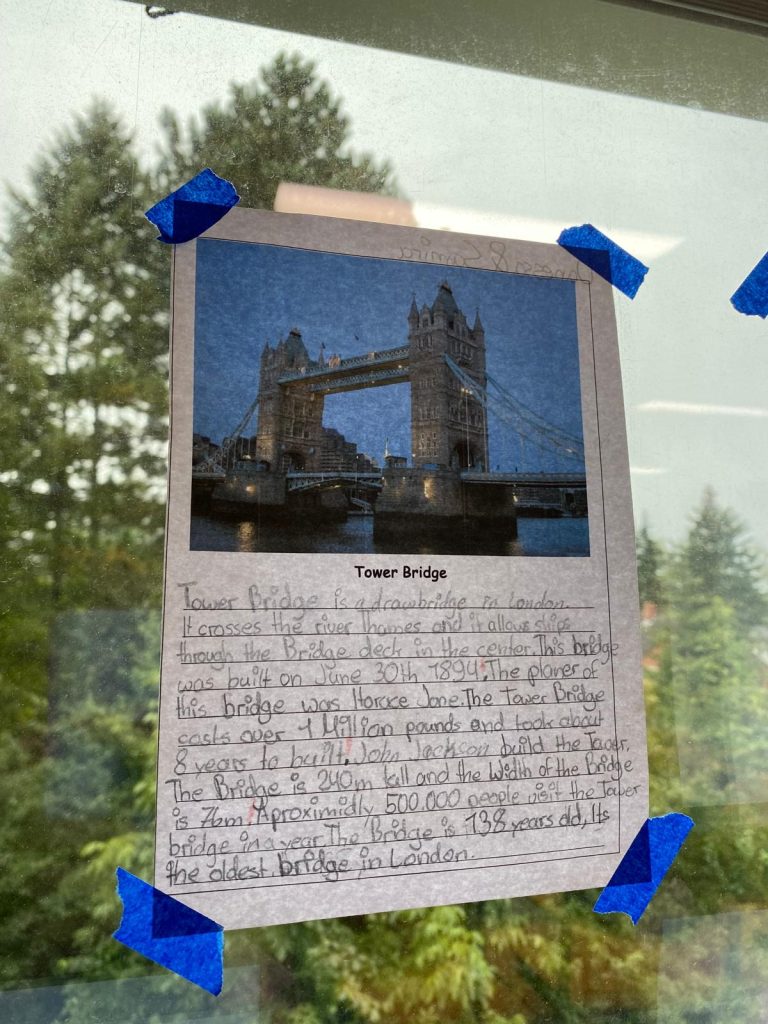
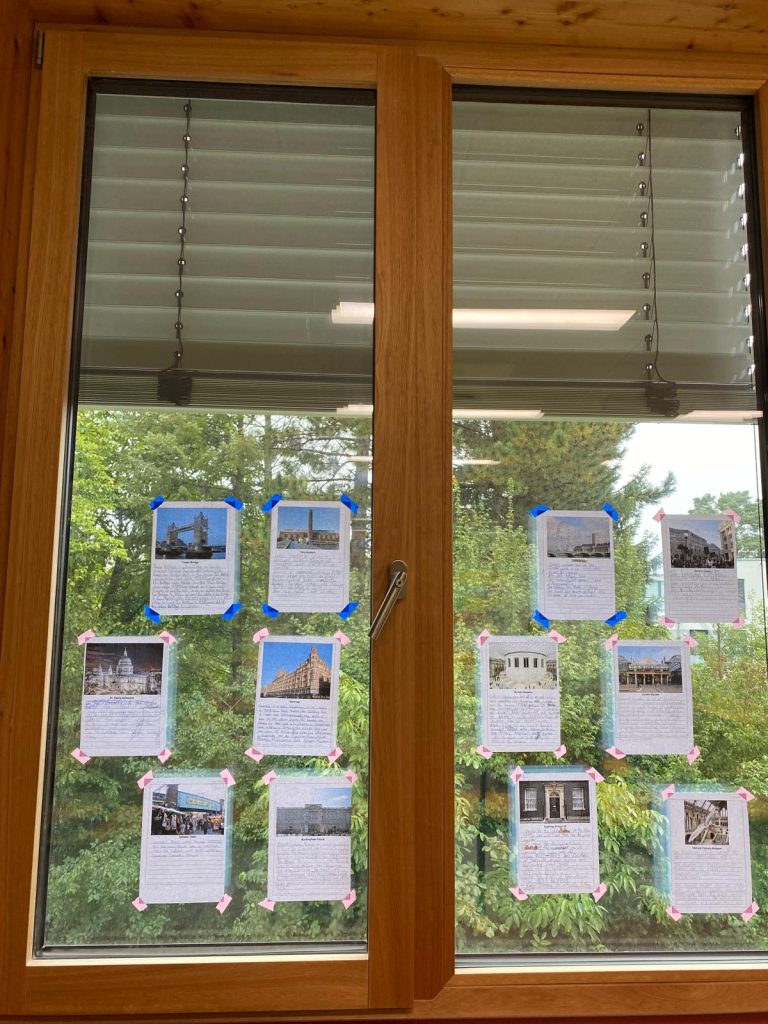
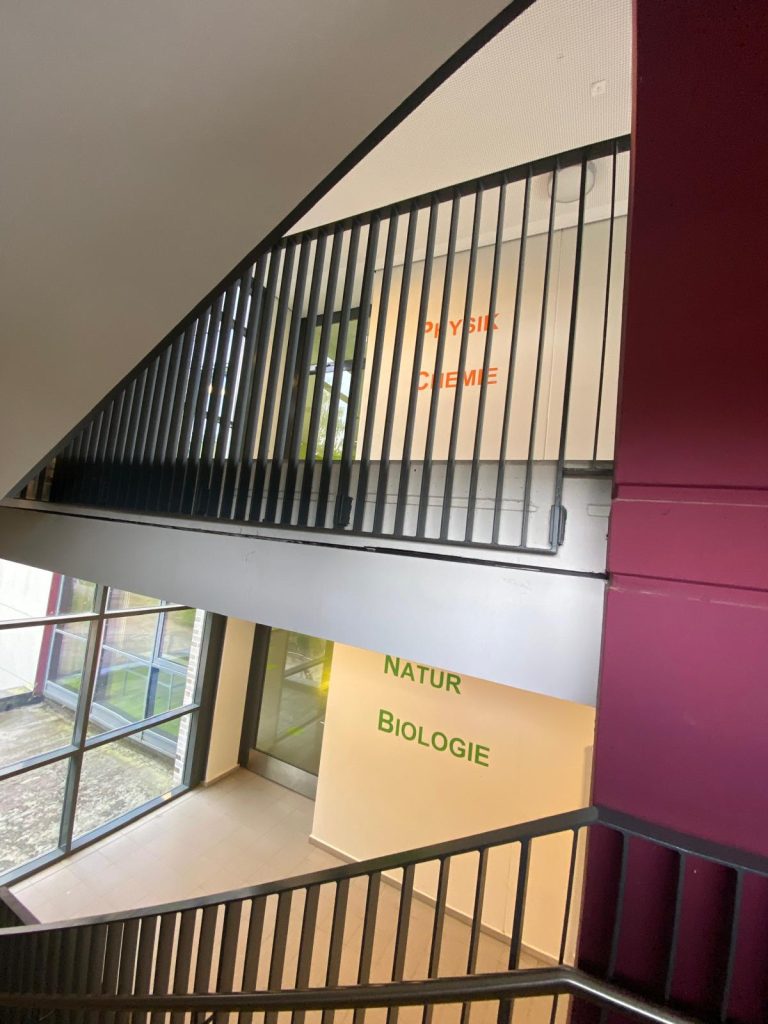
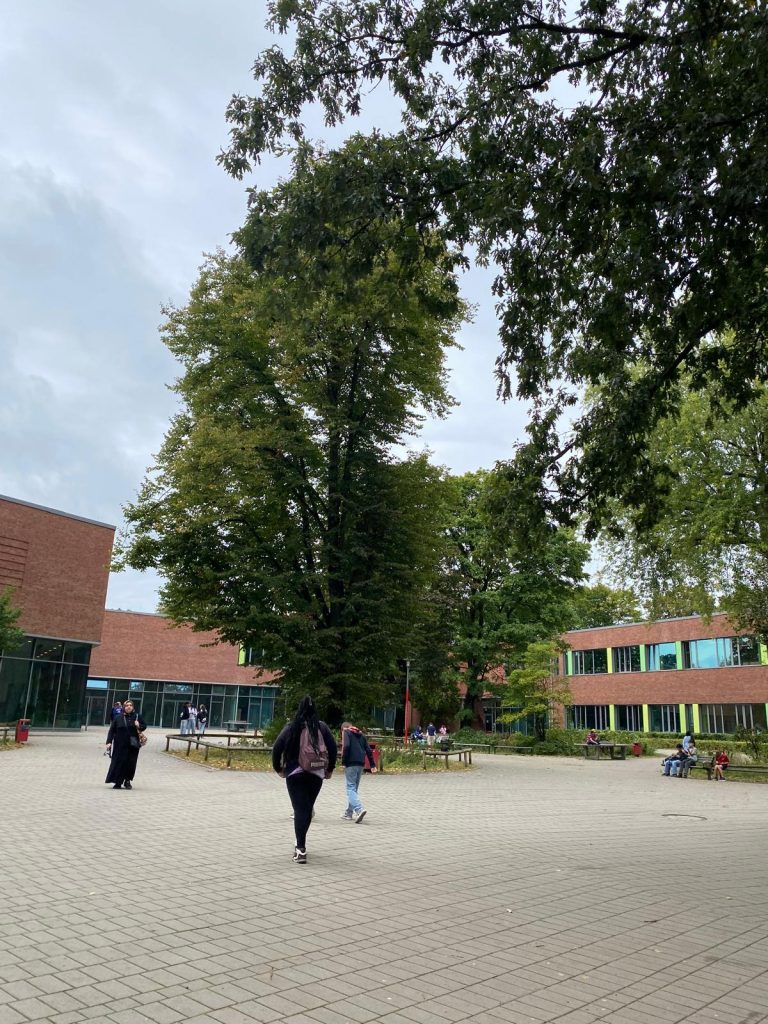
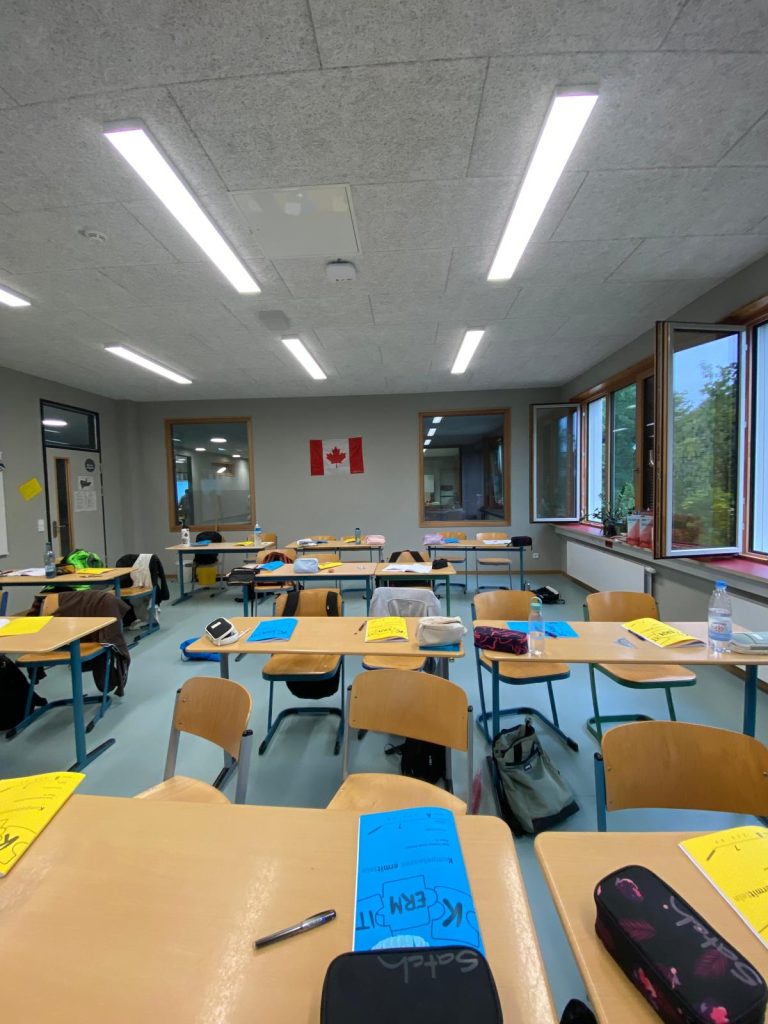
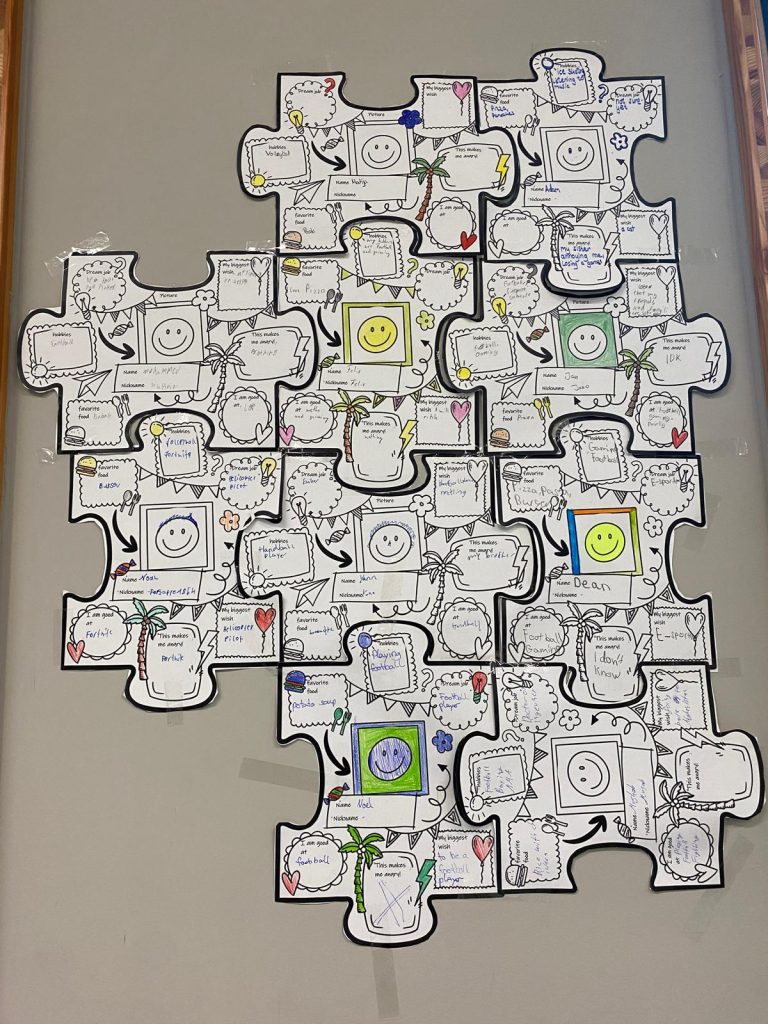
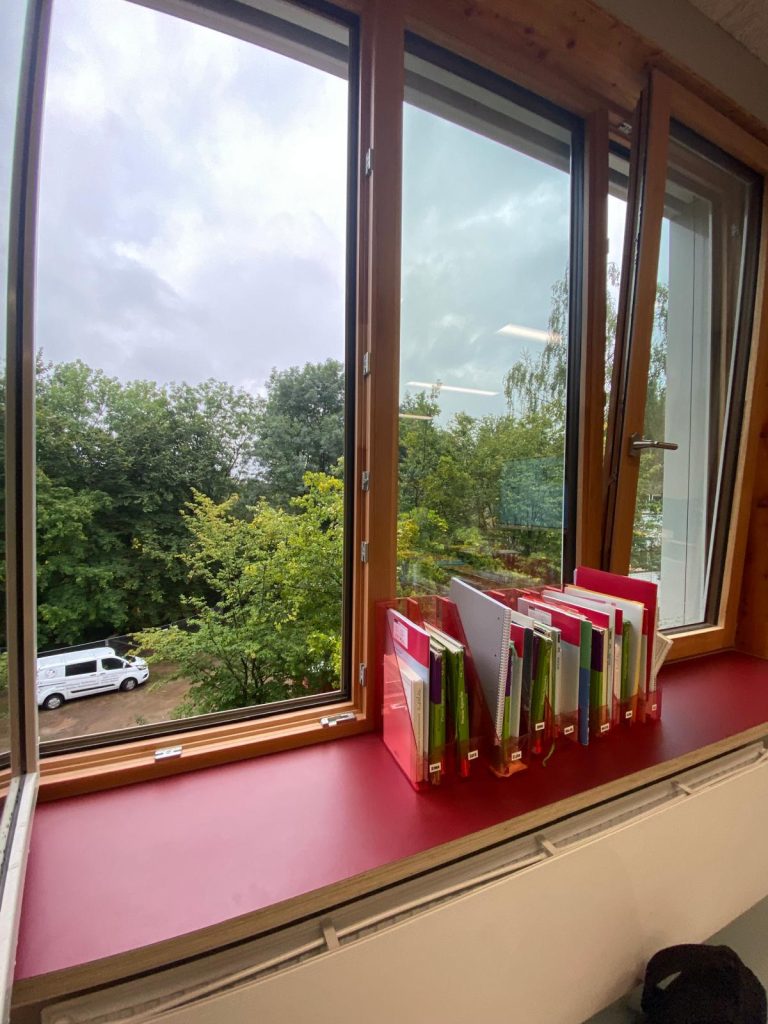
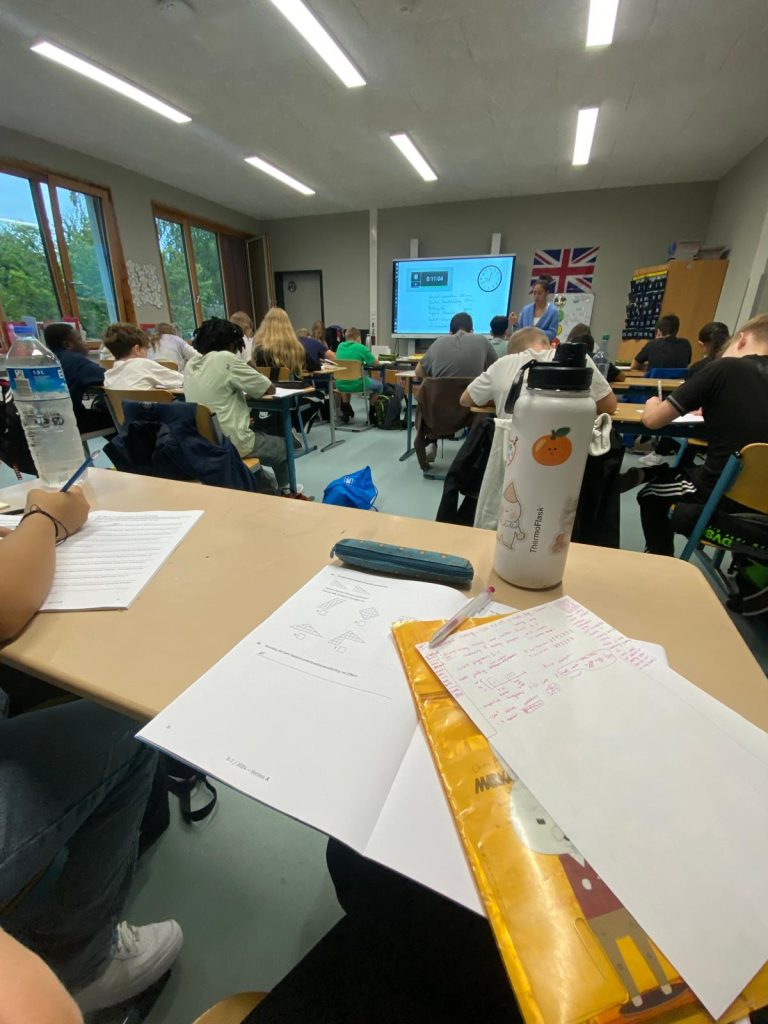
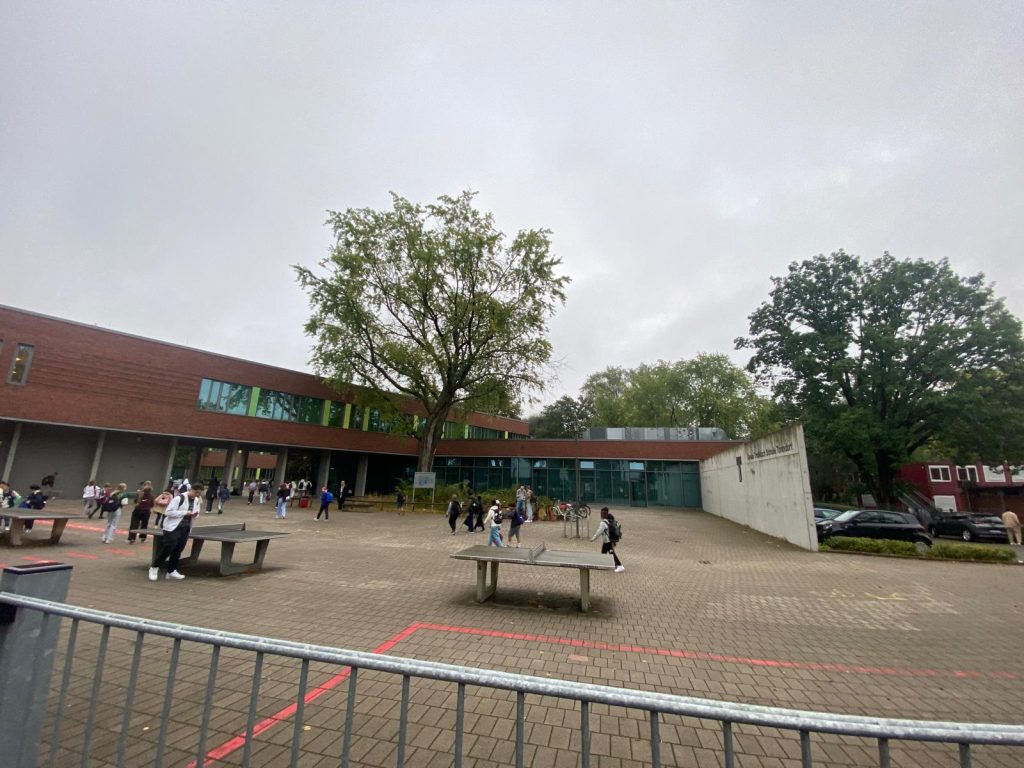
Most of the teachers are open to letting us teach, though some courses are more structured as they prepare students for standardized exams needed for certifications. These courses are typically more rigid and led by the main teaching team. The teachers in charge of organizing our schedules are also super accommodating — I asked to sit a German math class and was able to have that arranged.
Classroom Observations:
- Classrooms are just as complex as ours, but this only becomes obvious when you work more closely with them.
- Class sizes generally range from 20 to 25 students, based on what I have seen, except for special stream classes like Grade 13, where there were only 6 students.
- Students in the junior high range are often super excited and curious about Canada and ask us how we like Germany. The secondary students take a bit of warming up, which I’m sure is the case in Canada as well, but they’re all very sweet.
- In these EAL classrooms, it’s interesting that the teachers noted a huge discrepancy between students’ conversational English, which is quite good, and their written academic English. This is something I think would be interesting to compare when we work with EAL students in our upcoming practicum.
- Many of these students are learning several other languages—Spanish, French, and Russian—so it’s cute to see them rush into the classroom, all saying random words they just learned.
- While teaching styles vary, I have observed a stronger presence of standardized education in my classes, likely due to state-level arrangements. For instance, in the Grade 10 English class I’m in, the texts and themes are predetermined for the semester (September to February), requiring students to focus on the crime and social justice theme while rotating different texts, films, and other materials.
- Three of us at this school also noticed that teachers here have a higher tolerance for small talk in the classroom, which makes me feel that we are a bit stricter about it in Canadian classrooms.
Travelling
This past weekend, the six TAB members and I took a trip to Salzburg, Austria, and Munich. It was amazing to see how closely Austria borders Germany! As a group we visited some Sound of Music filming sites, Mozart’s birthplace, and some castles. We visited the Mozart Museum and even managed to attend our online classes from there.
We also experienced Oktoberfest in Munich which was incredible. My first impression of the grounds reminded me of the Calgary Stampede, with lots of midway rides, games, and food stalls. However, what set it apart were the huge tents where the beer celebrations took place. There was a live band, and the atmosphere was lively, with people dressed in traditional German outfits.
It was more enjoyable travelling with all the TAB students in Germany, and being in a larger group made me feel more comfortable.

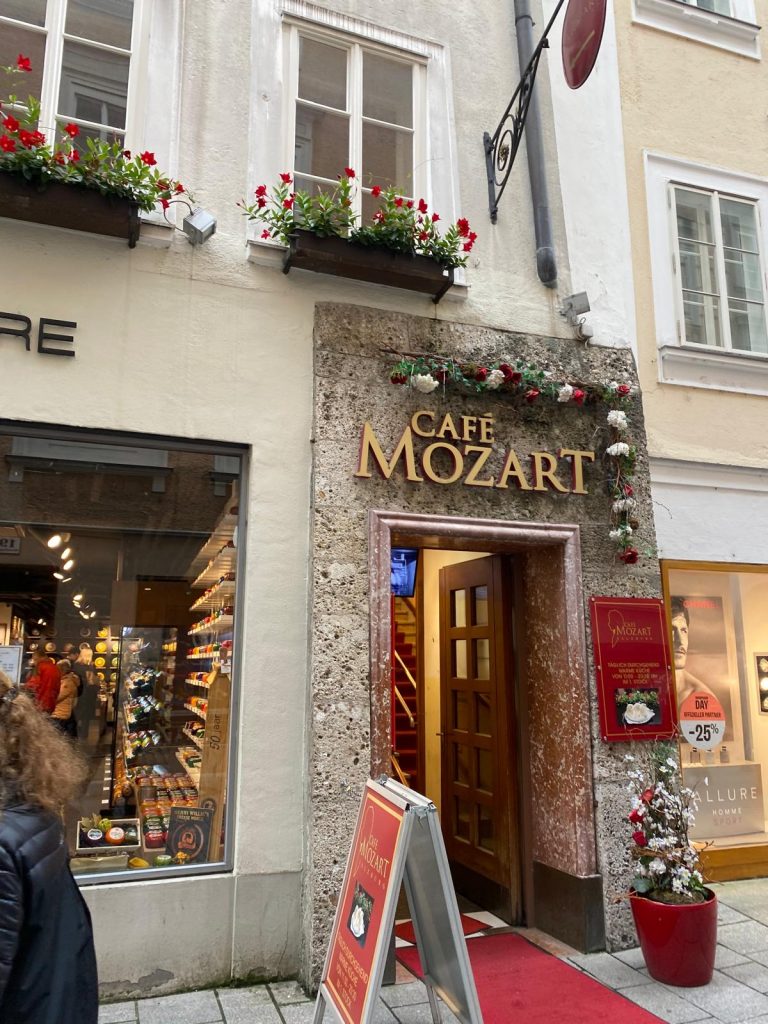
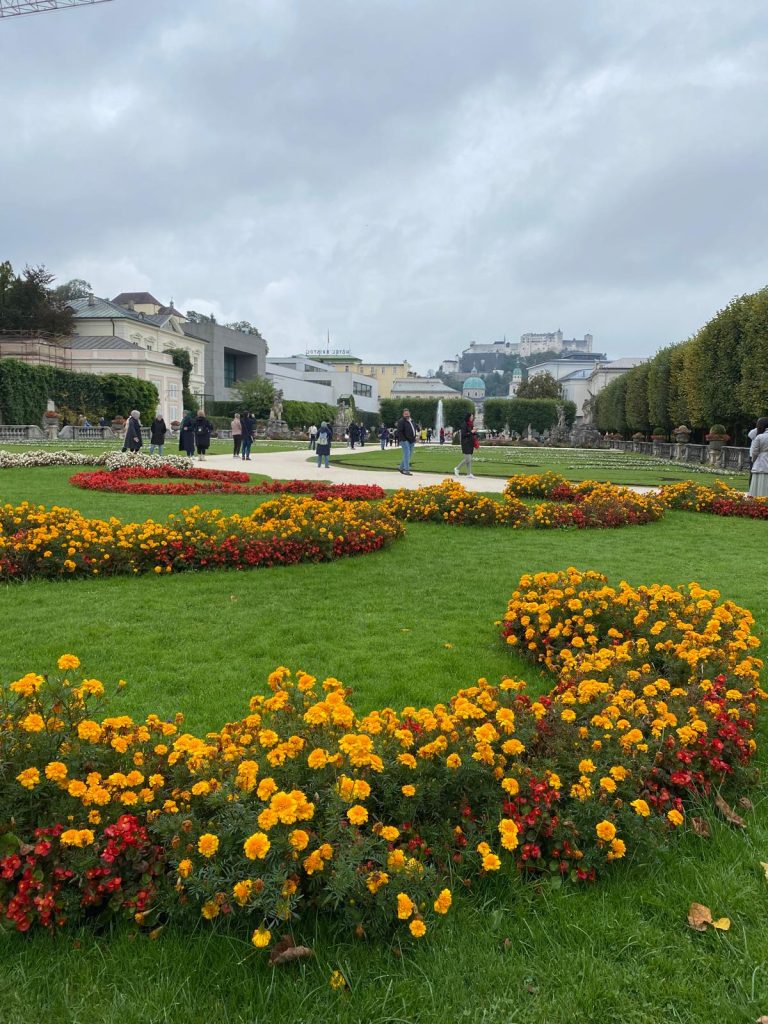
Trip Hiccups
Half of us who traveled later by train ran into an issue at the border before entering Salzburg, as all trains and taxis were halted due to a bomb threat at the main station. It was getting cold and rainy, which added to the stress after a five-hour train ride. We spent two hours waiting, unsure of what was happening and trying to get updates from locals who were also stuck. Eventually, taxis started running again, but a kind local noticed us and offered to let us carpool with her. We made it to Salzburg and reunited with the group later that evening.
On our second night in Salzburg, we were evacuated due to a potential fire. It was late at night, and everyone was crowded outside in the rain while the firefighters cleared the building. Thankfully, it turned out to be a false alarm, and we were able to return. This incident added to the overall craziness of this trip, but thankfully, everything went smoothly after this rocky start.
